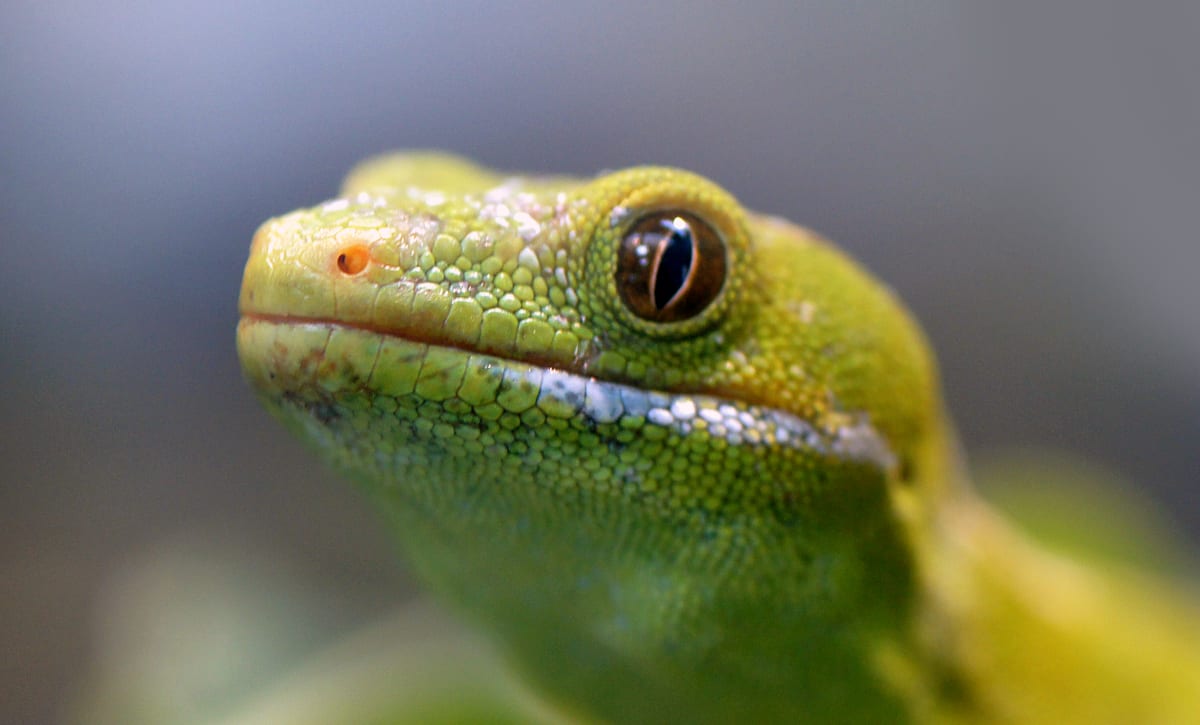
The fire at overlooked natural treasure Kaimaumau wetland began before Christmas, and it’s still ablaze
It's been burning for more than 40 days and 40 nights.
Despite summer rains and being largely left behind by the media cycle, the fire in the Kaimaumau wetland in the Far North rages on.
The burning area is 2800ha, with a perimeter of 38km as of Day 41 – larger than Rangitoto Island. “On a national scale, that’s probably one of New Zealand’s biggest fires,” said incident controller Wayne Martin.
But up there on the northern extreme of the country and occupying one of New Zealand’s human visitor-defying wetlands, the fire may have dulled to insignificant smouldering embers in the mind’s eye of Kiwis living south of Kaitaia.
However, the stretch of land still burning is far from a desolate sandy waste in an empty corner of the country - the Kaimaumau wetland is a refuge for 12 threatened species, 14 at-risk species and four regionally significant species.
Among these are the black mudfish, bittern, fernbird/mātātā and the Northland green gecko.
On the entire planet, the Northland green gecko can only be found in one roughly 100km stretch from around the Bay of Islands to just north of where the fire is still burning.
The Kaimaumau wetland is the population ‘stronghold’ for this at-risk reptile, according to research published by the Department of Conservation. But now with flames tearing through the young mānuka and kānuka the lizards like to call home, 'at-risk' may soon be euphemistic.

Dean Baigent-Mercer, Northland regional manager for Forest & Bird, said the fire has the potential to be a “localised extinction event” in an area already under threat from encroaching agricultural and horticultural activity in the area.
Avocados are the main culprit. With its warm climate, much of the recent investment into avocado growing has been in the Far North.
With a healthy appetite for water, avocados require growers to source water from the ground or surrounding area. Around the world, 9.5 billion litres of water are used every day to grow them, according to the World Economic Forum.
Baigent-Mercer said the landscape engineering and irrigation needed for this relatively new-to-flourish cash crop didn’t bode well for the wetland at the best of times, and now that it was on fire it might be time for Kiwis to take stock of the value of such places.
“We are arguing on the side of caution rather than on the side of making as much money and taking as much water as possible,” he said. “It’s one of the most precious wetlands we have left in the country, and a habitat for a swathe of threatened native species.”
And it’s one of the last areas like this left. Maps of Northland in centuries past show large swathes of wetland, much of which has been replaced by farmland.
Most people’s first thought of a wetland is a swamp; maybe a place full of mud and midges and sandflies. But a wetland is simply an area where water is the main thing controlling plant and animal life, and the water table is at or near the surface of the land.
Baigent-Mercer calls them the “kidneys of the land”, undervalued because they are “shy to humans”. He means they are resistant to human visitation, with elusive fauna like the hard-to-find geckos.
Unlike some of the native bush and grasslands of New Zealand, it's a bit harder to lead a primary school class through them and plant an idea of their value in the minds of the next generation.
“People need to cherish them, though,” Baigent-Mercer said. “They have some of our last special species which are threatened with extinction.”
And up at Kaimaumau, firefighters are still working around the clock to beat back the flames. Having contained a large area of it, the team is working on the western edge of the wetland.
Although the flames are still going, the team has downscaled in proportion to the severity of the disaster. At its peak, 80 firefighters were battling against nature. Now half that number are on the ground each day.
“As you can see it is a large number that we’ve downscaled by,” Martin said. “But as I’ve said previously, this is no way going to affect the effort that is going in to make sure that this fire is secured and contained.”
Martin added that recent rains had helped to douse some of the flames in lighter fuel areas such as the beach and behind the village of Kaimaumau. But in some areas, unfortunately, little has changed.
“Where the teams are working now are in the peak areas, where unfortunately that rain has not done anything,” Martin said. “They are working really hard in that peak [area] which is hot and dusty to ensure that those edges are put to rest.”
Everything but the carbon sink
A damp spring may have prevented further catastrophe in the Far North.
Kaimaumau is a peat wetland, meaning there is a high organic carbon content in its underlying soil. This comes from waterlogged conditions preventing the full decomposition of plant matter.
The excess plant matter ends up as peat - and accumulating at 1mm per year, it's a significant carbon sink.
An update on the fire from incident controller Peter Clark and operations manager Kevin Ihaka on January 13 said there were fires underground, which the team were worried may cause patches of the surface vegetation to reignite.
According to Fire and Emergency New Zealand, the source of the fire is still unknown and an investigation is ongoing.







